Top Software Development Outsourcing Trends for 2026
By 10Pearls editorial team
A global team of technologists, strategists, and creatives dedicated to delivering the forefront of innovation. Stay informed with our latest updates and trends in advanced technology, healthcare, fintech, and beyond. Discover insightful perspectives that shape the future of industries worldwide.
Software development outsourcing helps companies overcome talent shortages while releasing innovative products that use advanced and niche technologies. While outsourcing certainly isn’t new, the industry is constantly evolving to meet businesses’ changing needs. This guide discusses eight of the top software development outsourcing trends for 2026 and offers advice on how to stay ahead of the curve.

- Software development outsourcing industry statistics and insights
- Top software development outsourcing trends for 2026
- Prioritizing quality talent over cost savings
- Augmenting teams with niche expertise
- Placing greater emphasis on cybersecurity
- Onshore and nearshore outsourcing
- Low-code and no-code development
- AI, machine learning, and data science
- Green technology and sustainability
- Hybrid engagement models
- Stay ahead of next year’s trends with 10Pearls
Software development outsourcing industry statistics and insights
The IT and software outsourcing industry is experiencing explosive growth. According to Mordor Intelligence, the market is currently valued at $613.69 billion. Precedence Research predicts it will grow to $1.06 trillion by 2030.
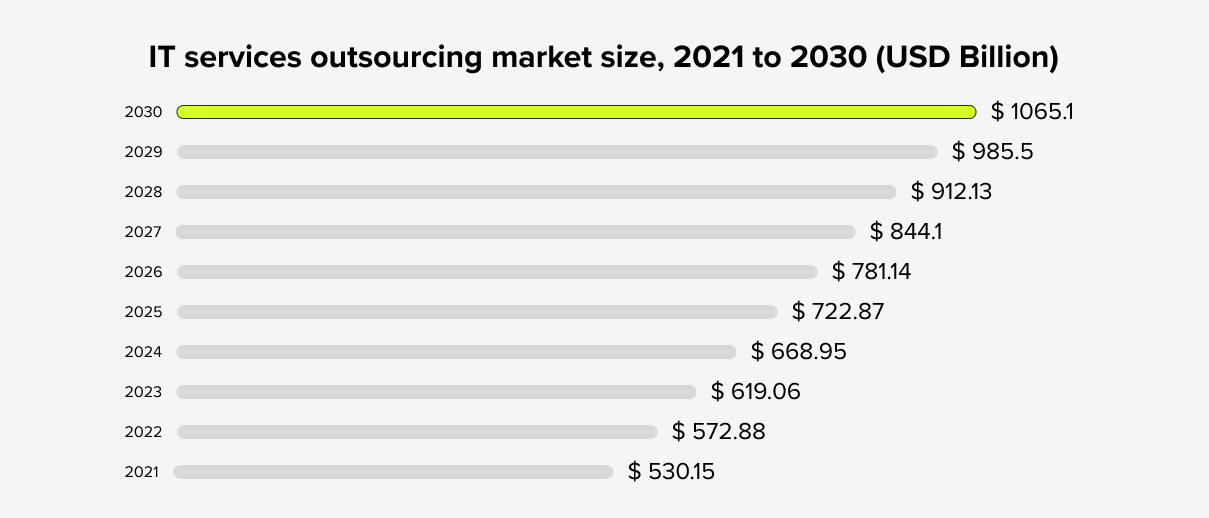
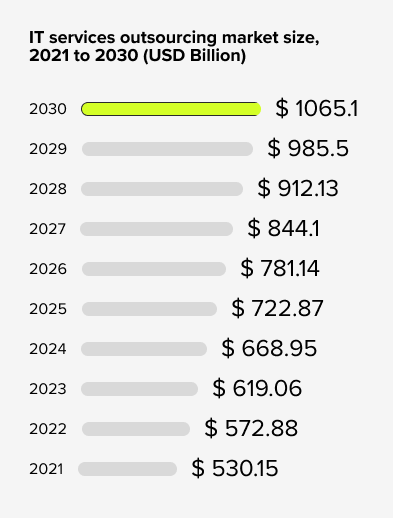
According to one survey, 66% of businesses in the United States outsource at least one department, highlighting how prevalent talent shortages are across sectors and business functions.
The U.S. Bureau of Labor Statistics estimates the demand for software developers, testers, and QA experts to grow by 22% in 2030, making them the fastest-growing occupations in the country.
Top software development outsourcing trends for 2026
Here are the trends that are moving the software development outsourcing industry forward in 2026 and beyond.
Prioritizing quality talent over cost savings
Cost has long been the biggest driver for IT outsourcing, with recent research finding that 59% of U.S. businesses cite it as the top factor leading them to outsource. In 2026, however, organizations are focusing less on getting the lowest possible price and more on finding the right talent for their project, prioritizing quality over cost to achieve better outcomes. Moving forward, companies will look for ways to increase the value of their outsourcing engagements by working with firms that lower costs through efficient development practices and innovative ideas while still providing top-quality talent.
Augmenting teams with niche expertise
Modern software projects often require developers with niche expertise in specific programming languages or technologies, which can be a huge hurdle for companies dealing with tech talent shortages. According to Deloitte, 50% of executives say that talent acquisition is a top internal challenge in meeting their company’s strategic priorities.
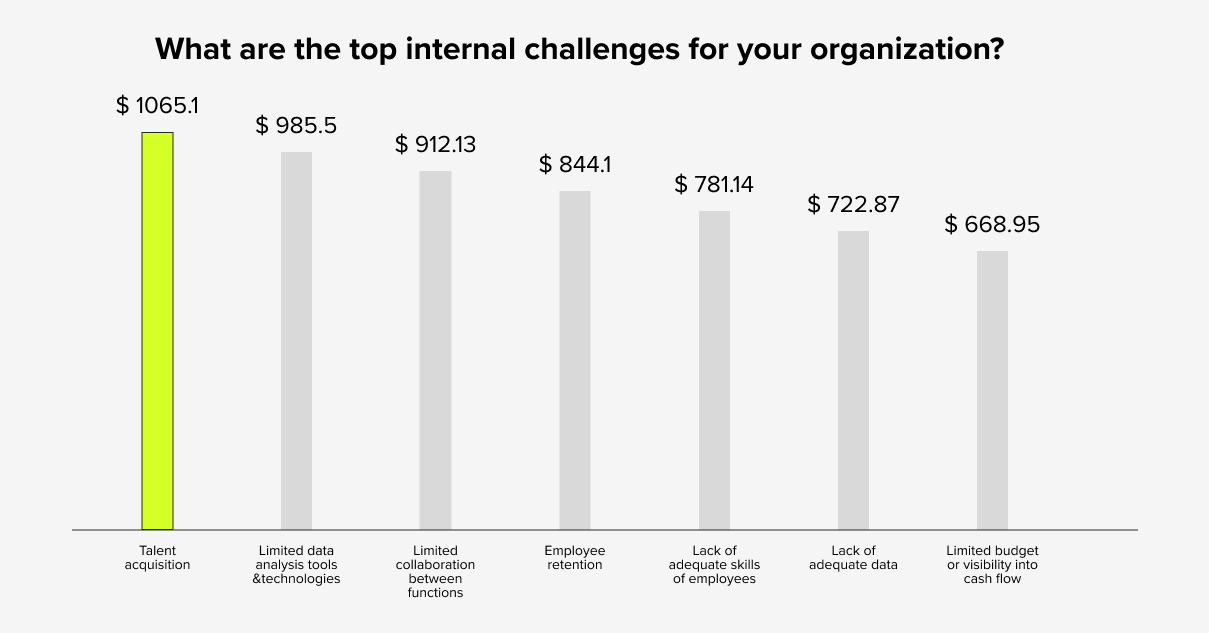
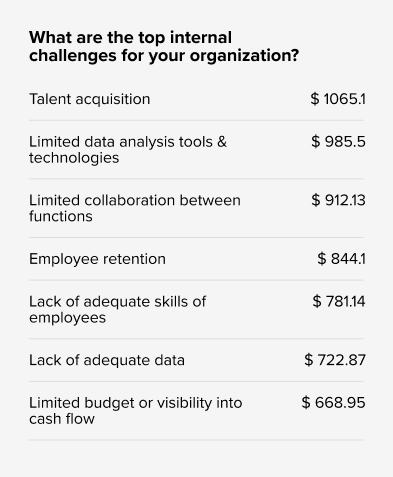
Team augmentation is an outsourcing engagement model that involves hiring one or more outside experts to fill specific gaps in a development team. Moving through 2026, this strategy will help organizations find the niche expertise they need to achieve their visions and strengthen their competitive edge.
Placing greater emphasis on cybersecurity
Working with outside vendors increases your attack surface or the number of potential vulnerabilities a malicious actor could exploit to gain access to your sensitive data. Attacks on third-party vendors are known as supply chain attacks, and according to Gartner, 45% of global organizations will be affected by one by the end of 2026. Due to these and other cybersecurity risks, companies are placing a far greater emphasis on data security in their outsourcing engagements, preferring to work with trusted firms that hold industry certifications and have experience with security and privacy compliance. In 2026, companies will also continue prioritizing security by seeking outsourcing partners that offer long-term maintenance and support contracts to handle things like CVE (common vulnerabilities and exposures) monitoring and vulnerability patching.
Onshore and nearshore outsourcing
Offshore outsourcing has long been the preferred strategy for getting a software project completed at the lowest possible cost. However, as priorities shift to quality over savings, the nearshore and onshore outsourcing models are gaining popularity. Onshore outsourcing enables close or even in-person collaboration between internal and external teams who share language fluency and workplace norms, making it ideal for business-critical projects that require a high level of compliance and security. Nearshore outsourcing offers a cost compromise between offshoring and onshoring and involves collaborating with a team that’s geographically (and culturally) close while still being in another country.
Comparing popular nearshore outsourcing locations
| Country | Hourly rate | Highlights |
| Costa Rica | $25-$100 |
|
| Argentina | $25-$45 |
|
| Colombia | $15-$40 |
|
| Peru | $15-$50 |
|
Nearshore and onshore strategies help companies overcome talent shortages and still save some money while offering a smoother development process and, usually, superior results.
Low-code and no-code development
Low-code and no-code development platforms allow users to build or modify a software application using GUI (graphical user interface) tools while requiring little to no actual coding. An example would be website-building tools like Squarespace that use templates and drag-and-drop elements instead of making users write HTML code. In 2026, more outsourcing firms will make use of low-code and no-code platforms to significantly streamline the development process and accelerate releases without sacrificing features or quality. They will also use these tools to provide clients with the ability to easily update and maintain their own software without expensive or time-consuming support requests.
AI, machine learning, and data science
Artificial intelligence, machine learning, and data science are rapidly altering the business landscape, and companies that don’t integrate these technologies into their business processes and software products are quickly getting left behind.
According to a Deloitte survey, 59% of all IT outsourcing is focused on AI and machine learning consulting, and this number is expected to continue growing in 2026. The same survey found that 50% of companies are unprepared for the challenge of next-generation technology skill shortages, especially in the areas of data science and AI/machine learning.

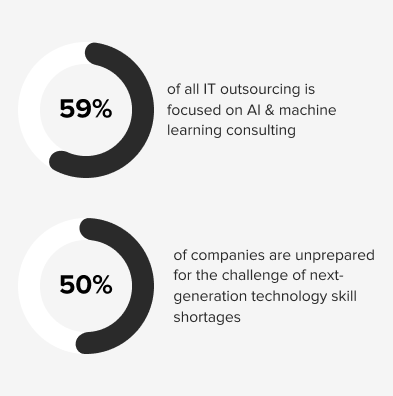
Green technology and sustainability
As global concerns over climate change and other environmental issues continue to rise, forward-thinking companies are addressing their customers’ worries by seeking ways to reduce their carbon footprint through technology. This includes looking for outsourcing partners who demonstrate sustainability through environmentally friendly practices like shutting down dev instances during off-hours, considering energy consumption when coding new features, and monitoring real-time power consumption through dynamic code analysis. Additionally, businesses are turning to outsourced talent to help develop more sustainable AI solutions and other advanced technologies.
Hybrid engagement models
Businesses are seeking greater flexibility in working with outsourcing partners so they can better adapt to the complexities and ever-changing requirements of modern software projects. In 2026, software development outsourcing firms are offering more hybrid engagement models to better suit the unique needs of each individual client.
For example, 10Pearls uses a right-shoring strategy that combines offshore, onshore, and nearshore talent according to each project’s requirements. That might mean consulting with nearshore experts for the initial design, outsourcing to a less-expensive offshore team for coding, and then working closely with an onshore team for QA and compliance. This approach helps to reduce costs where possible while still providing the quality expertise and close collaboration needed for mission-critical processes.
Comparing software development outsourcing models
| Outsourcing model | Pros | Cons |
| Offshoring |
|
|
| Onshoring |
|
|
| Nearshoring |
|
|
| Right-shoring |
|
|
Source for data: Clutch.io and Upwork.com
Stay ahead of next year’s trends with 10Pearls
10Pearls offers quality tech talent with the specific expertise you need to deliver innovative software solutions. Our staff is knowledgeable in all the most popular programming languages and advanced technologies like AI and machine learning, augmented and virtual reality (AR/VR), the Internet of Things (IoT), and more.
Our talent pool is up-to-date on industry best practices for privacy and security and holds all the relevant certifications for compliance with regulations like FedRAMP, PCI-DSS, and HIPAA. We use sustainable, efficient development practices to reduce carbon footprints while accelerating delivery. We have offices on 4 continents, including North America, South America, Europe, and Asia, giving us the flexibility to offer 4 outsourcing models: onshore, nearshore, offshore, and right-shore.
Ready to get started? Get in touch with the experts at 10Pearls to get ahead of next year’s software development outsourcing trends.

Get in touch with us
Related articles


